Most of us will only vaguely remember important historical dates and facts about kings and queens from our history lessons in UK schools, but there’s so much more to this nation’s history that schools don’t bring to the classroom. Let’s take a deep dive into 17 lesser-known facts about British history that you likely didn’t hear in the curriculum.
The Real Reason London Bridge Was Moved to America
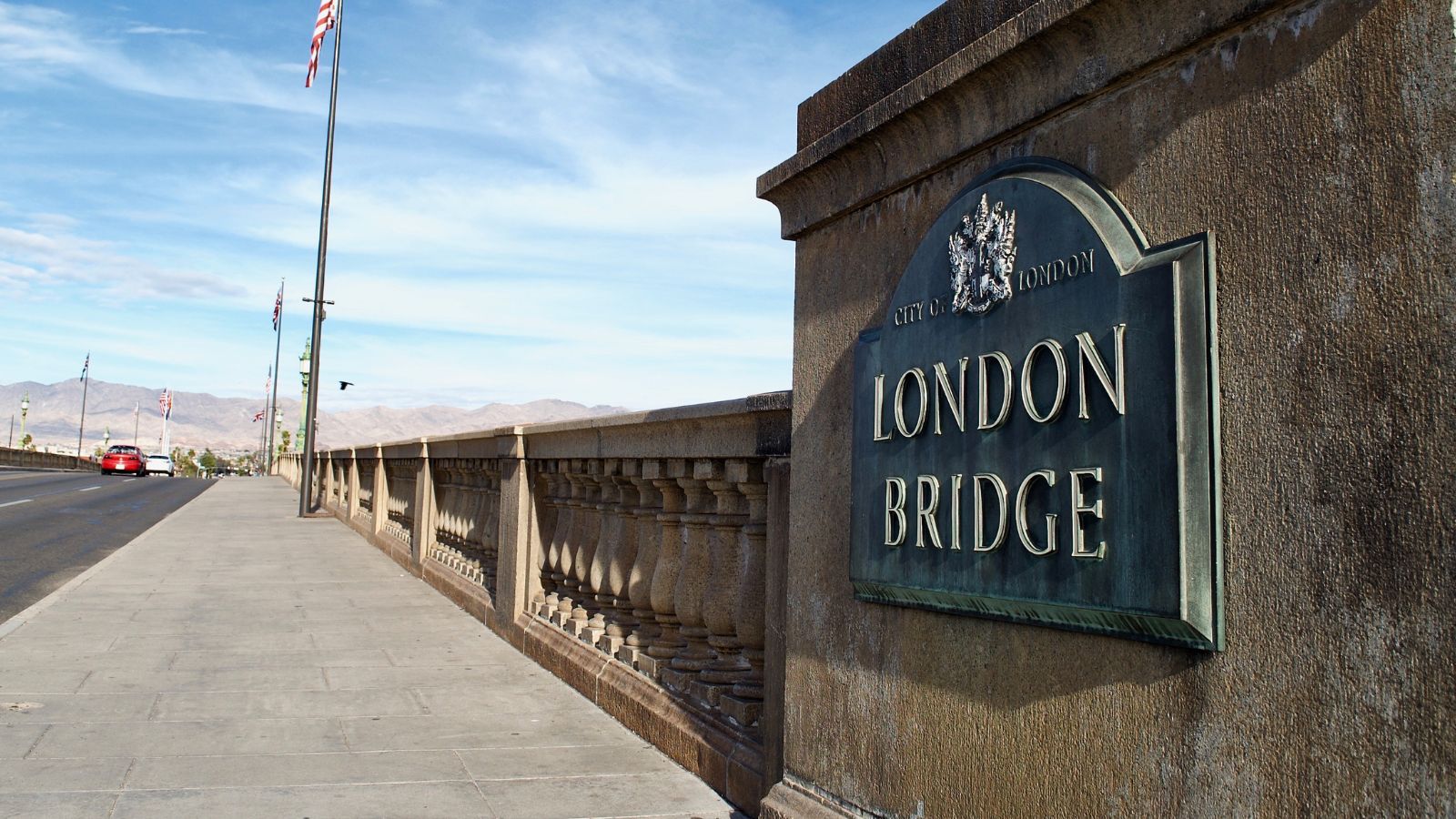
In the late 1960s, London Bridge, one of the most recognisable names in British history, wasn’t falling down—it was falling apart. The 1830s stone structure had begun sinking into the River Thames and needed replacing, and instead of demolishing it, city officials decided to auction it off to also generate funds, resulting in an American entrepreneur, Robert P. McCulloch, buying it.
Queen Victoria’s Strict Funeral Rule

When Prince Albert died suddenly in 1861, Queen Victoria’s devastation shaped a nation’s fashion, and, grief-stricken, she imposed a strict dress code for the court, insisting that everyone wear black as a sign of mourning. While the immediate effects were predictable—somber gatherings and funeral attire—Victoria’s mourning period lasted for the rest of her life.
The Ancient Origins of Fish and Chips

Fish and chips might be as British as a red telephone box, but its roots stretch beyond the English Channel. Fried fish was introduced to Britain by Sephardic Jewish immigrants in the 16th century, who brought their tradition of “pescado frito” from Spain and Portugal, while the humble potato, introduced from the Americas, was fried in a similar way a few centuries later.
Medieval Punishments for Bakers
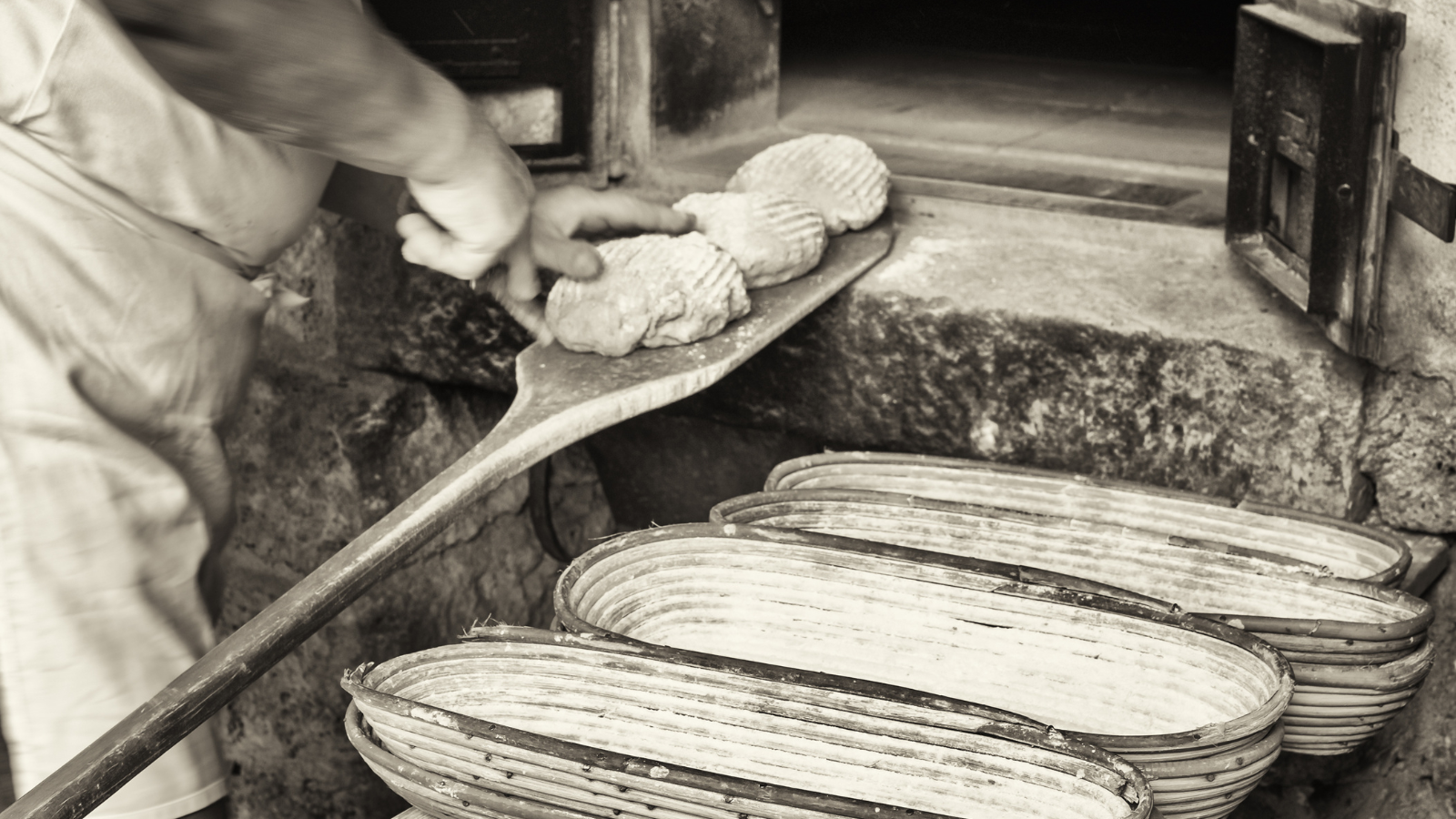
The saying “baker’s dozen” has a surprisingly harsh origin rooted in medieval times, when bakers had to be especially careful when selling their goods, as laws governing the weight of bread were strict. If they sold underweight loaves, they faced consequences, therefore to avoid these punishments, bakers began adding an extra loaf to every dozen orders.
The Mystery of Scotland’s Stone of Destiny

Few artefacts carry as much symbolic weight as the Stone of Destiny, the ancient block of sandstone used to crown Scottish kings. The stone was seized by the English in 1296 and kept in Westminster Abbey for centuries, and in 1950, four Scottish university students stole the stone, cracking it during the journey.
After much negotiation, the stone was officially returned to Scotland in 1996 and now resides in Edinburgh.
A Forgotten African-Roman Emperor
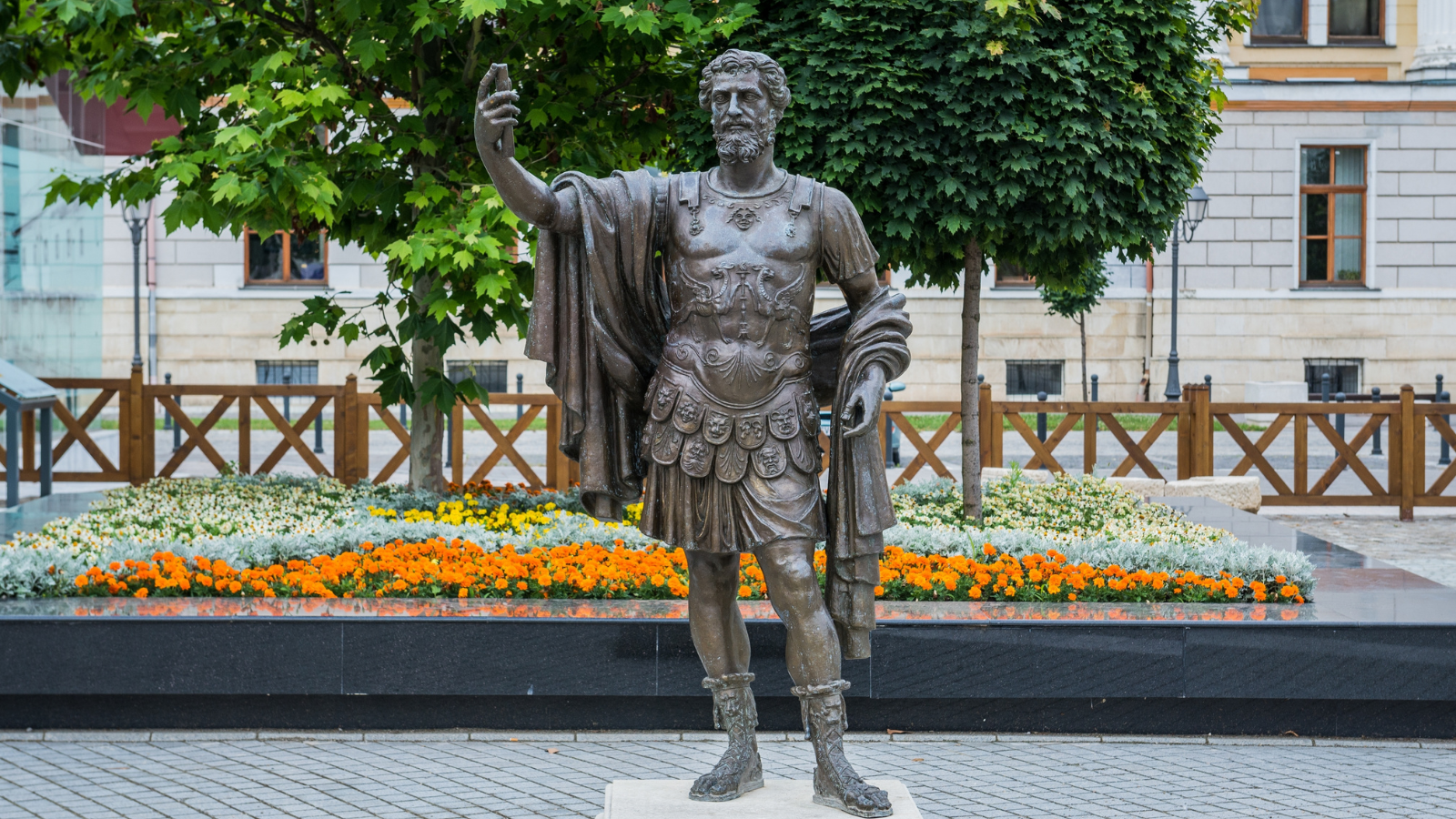
Many people don’t realise that Britain’s history includes an African-born ruler, Septimius Severus, born in modern-day Libya, who became Roman Emperor in AD 193. He spent significant time governing the empire from Britain, strengthening Hadrian’s Wall, and making York his base of operations.
The Origin of the Big Ben Nickname
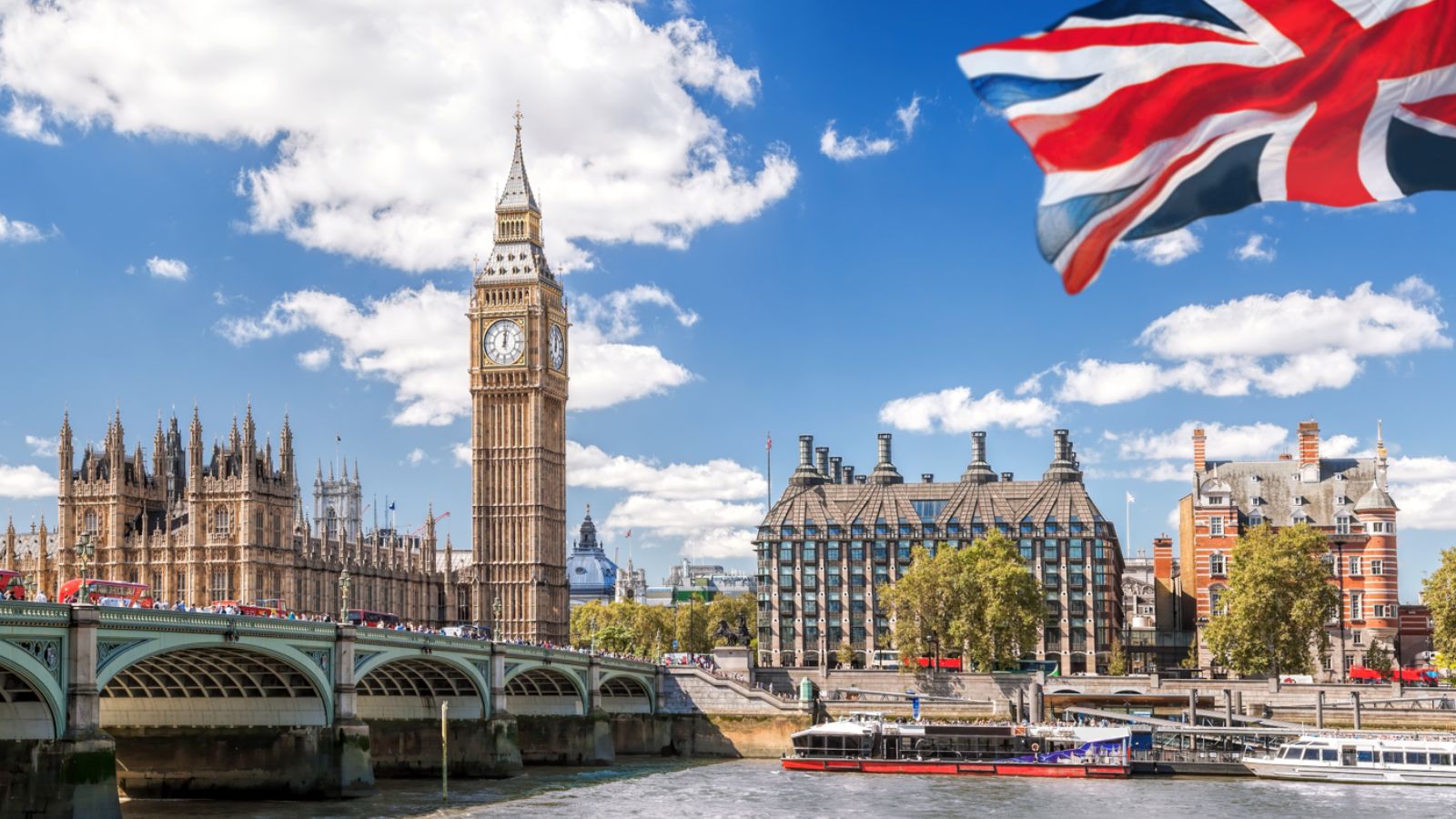
There’s some debate about the origins of the name of the giant bell in the clocktower—some say it honours Sir Benjamin Hall, a portly politician who oversaw the bell’s installation in 1859, while others argue it’s a nod to heavyweight boxing champion Benjamin Caunt. Regardless of its true origins, the nickname stuck, and the tower itself was named the Elizabeth Tower in 2012.
Elizabeth I’s Glittering Spy Network
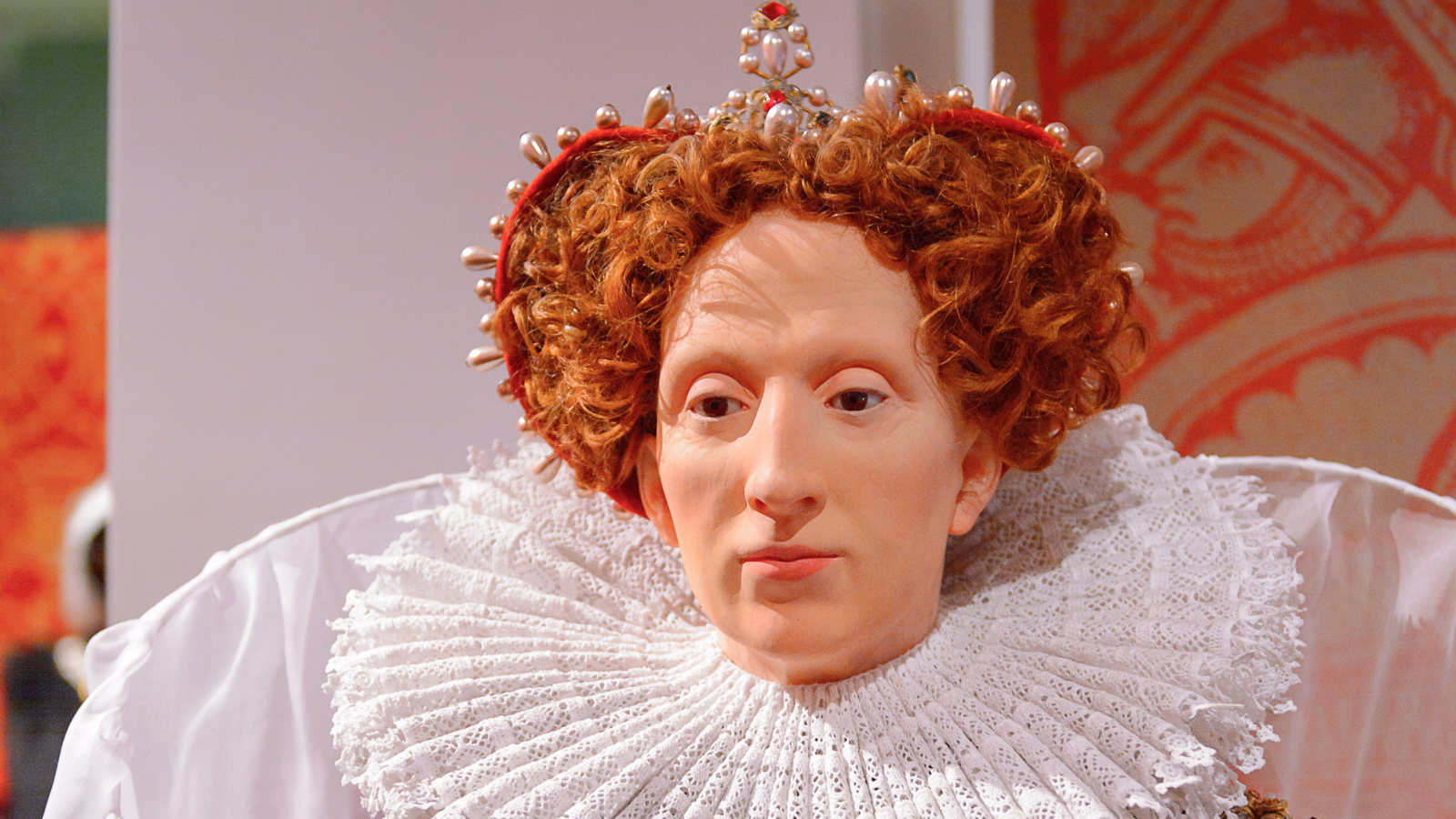
Elizabeth I wasn’t just a queen; she was a master of espionage, and faced with threats from rival nations and internal conspiracies, she relied on her spymaster, Sir Francis Walsingham, to protect her. Walsingham ran an elaborate network of informants across Europe and intercepted coded messages; furthermore, his efforts thwarted several plots.
The Pirate Queen Who Terrorized the Tudors
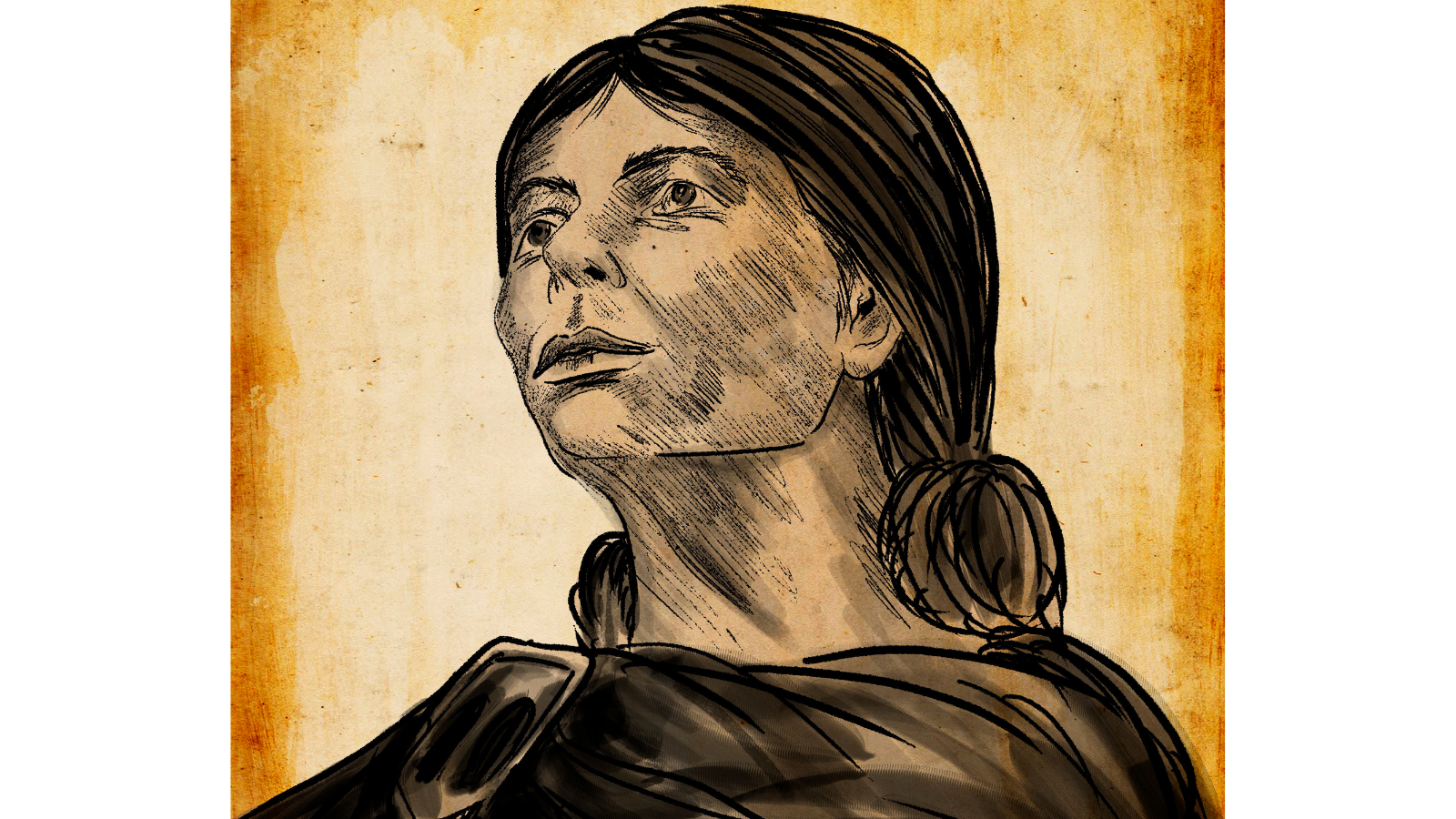
The story of Grace O’Malley—Gráinne Mhaol—stands as a testament to female leadership and defiance in a time when women were rarely granted such recognition. She was an Irish chieftain and pirate who defied Tudor England’s authority in the 16th century with her fleet of ships, which she used to raid coastal settlements and disrupt English trade.
The Peculiar Rules of Medieval Football
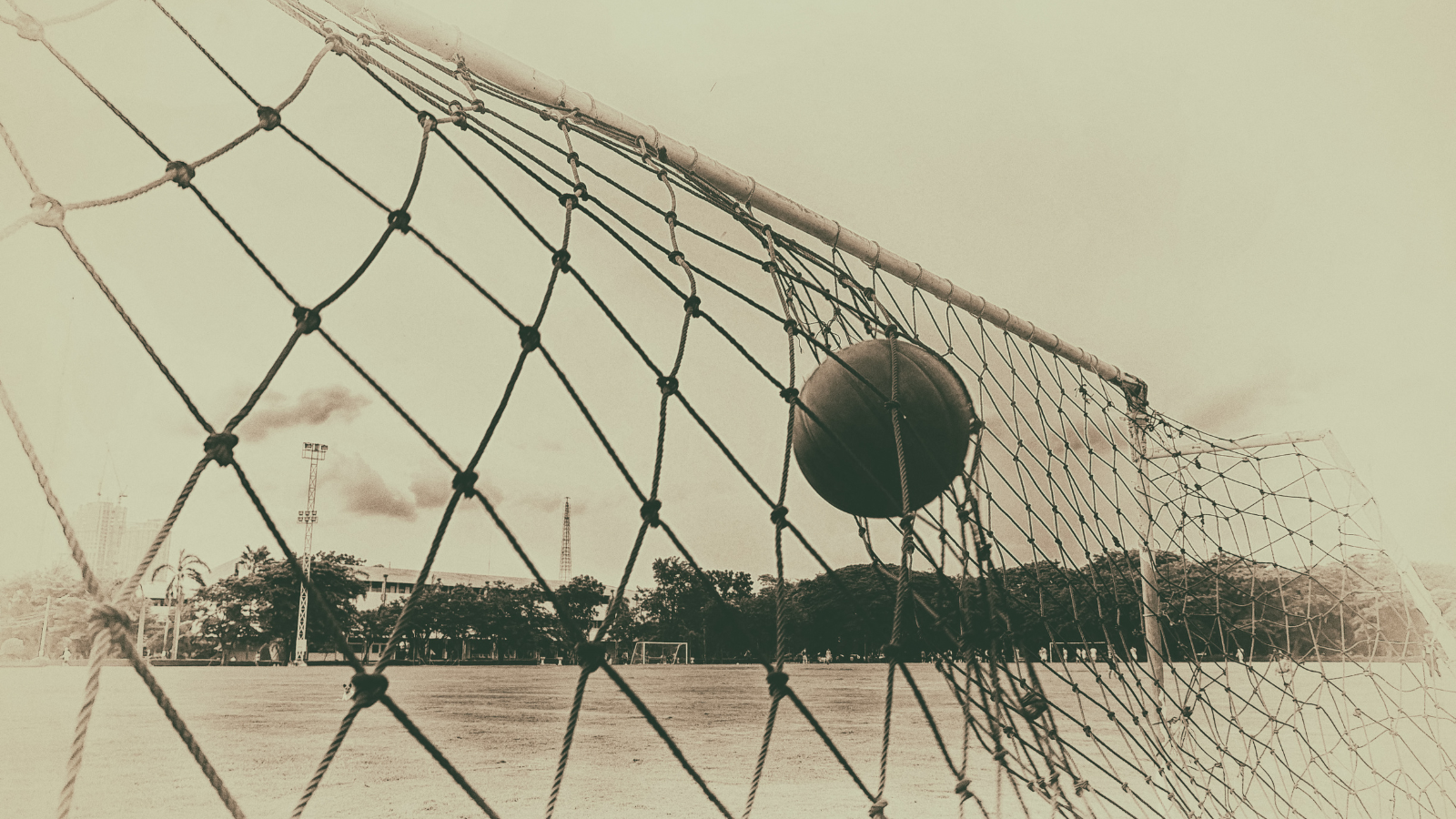
Medieval football bore little resemblance to the sport we know today because matches often involved entire villages, with dozens—or even hundreds—of people kicking, throwing, or carrying a ball to a loosely defined goal. There were few rules, and the games frequently turned violent, leading to broken bones and property damage.
The Ghostly Legacy of the Tower of London
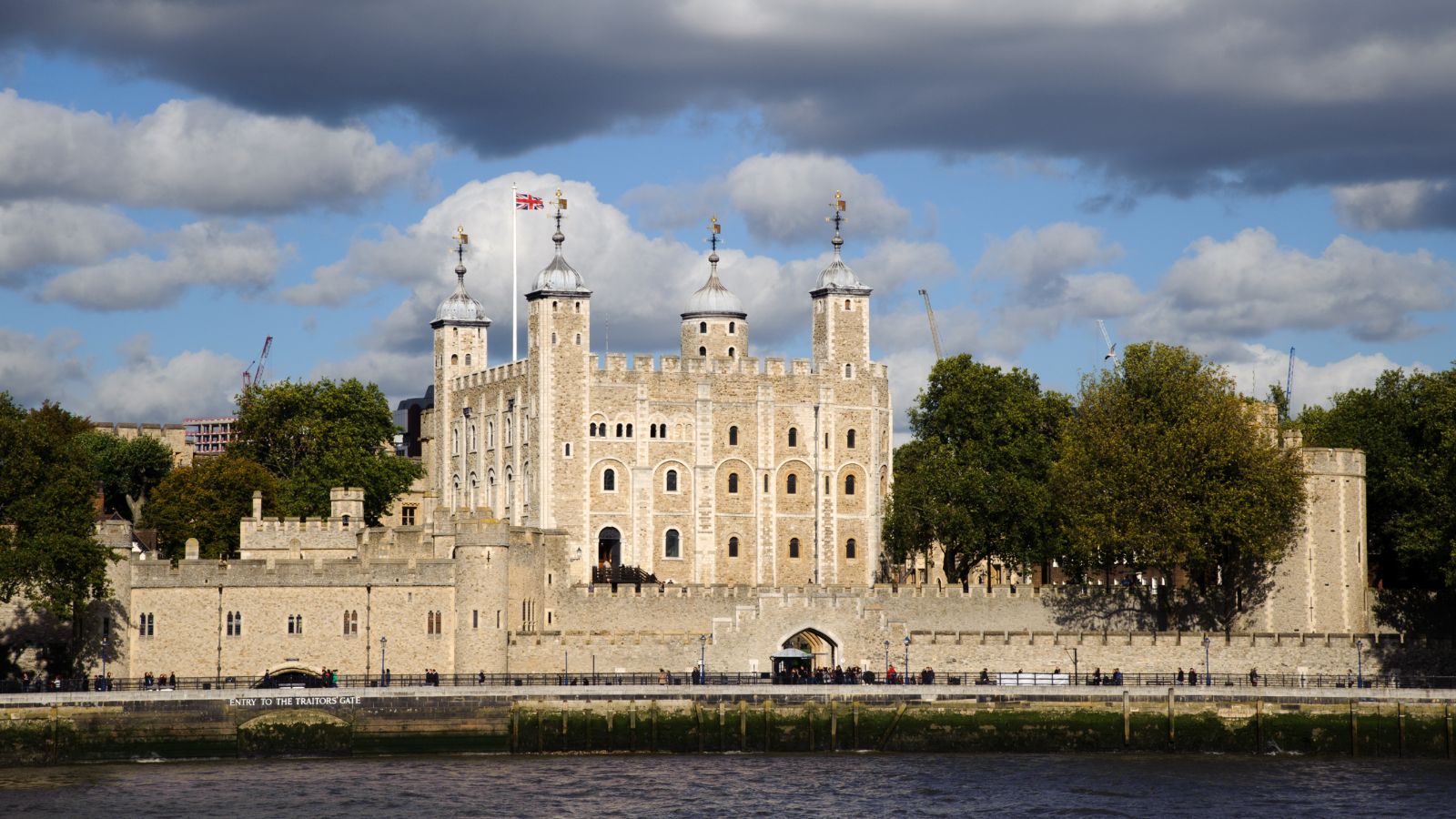
Infamous for its dark history, having served as a royal prison, execution site, and fortress, the Tower of London has many chilling legends, amongst which are the ghostly apparitions said to haunt its halls. Anne Boleyn, executed in 1536, is one of the most famous spirits, reportedly seen wandering with her head tucked under her arm.
The Hidden Tomb of King Richard III
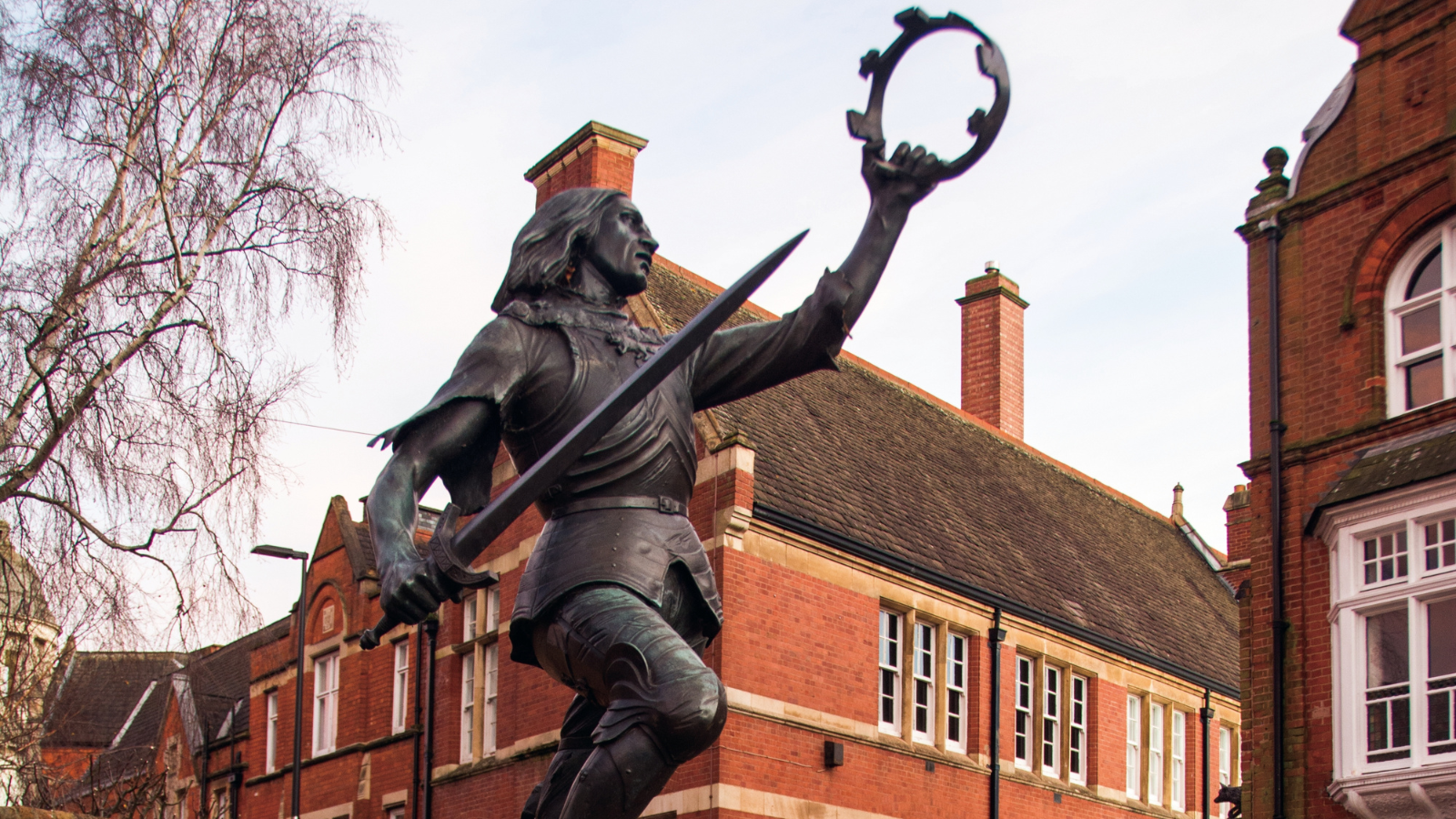
For centuries, the final resting place of Richard III, the last Plantagenet king of England, was shrouded in mystery after he was killed in the Battle of Bosworth Field in 1485, and rumours suggested he was buried in an unmarked grave.
In 2012, his remains were astonishingly discovered beneath a car park in Leicester, identified through DNA analysis.
The Secret Catholic Priest Hiding Spots
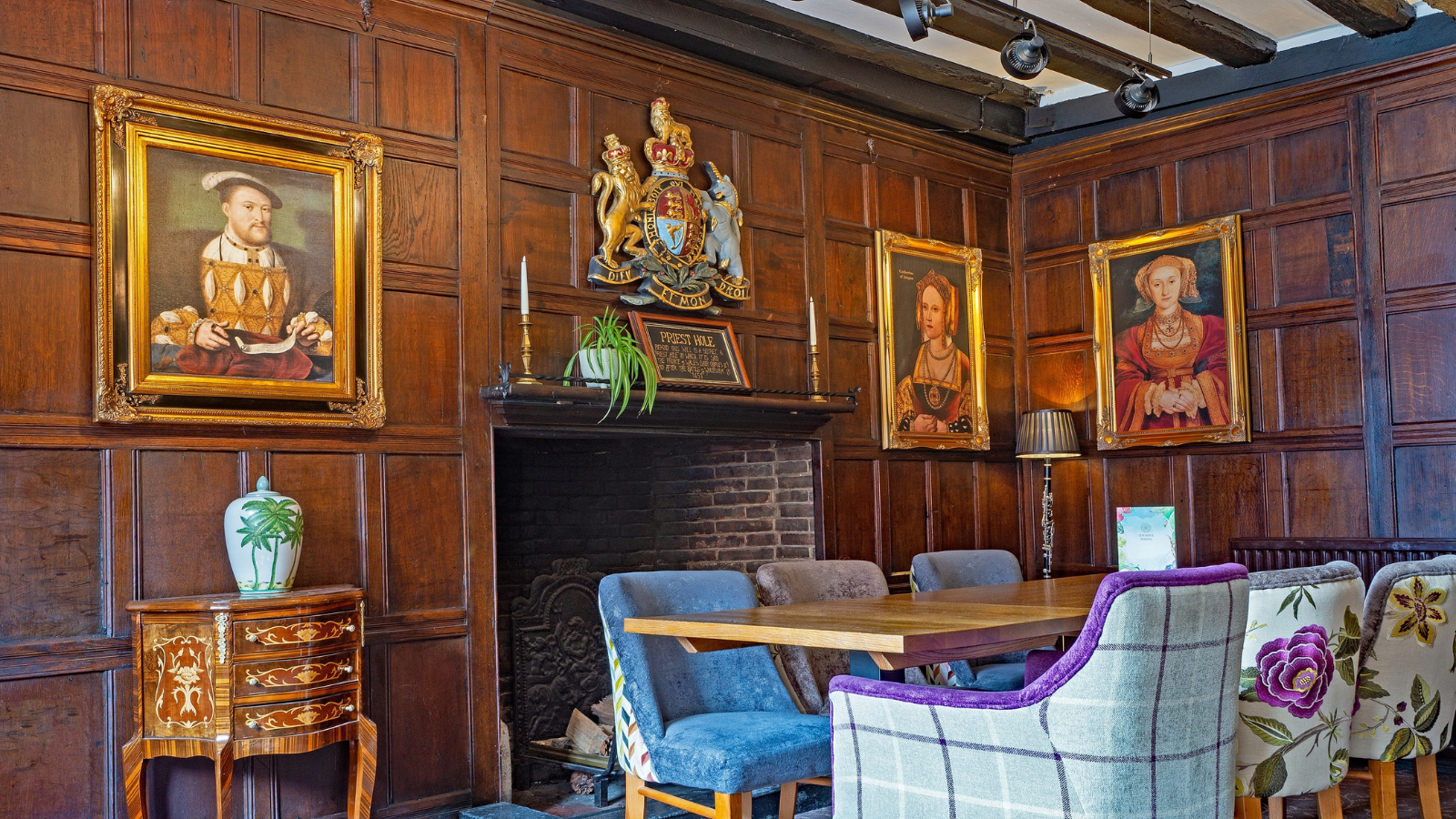
Many priest holes still exist today, and during the reign of Elizabeth I, when Catholicism was outlawed, Catholic priests risked their lives to perform secret masses. Wealthy Catholic families built elaborate “priest holes” in their homes to hide clergy during raids by Protestant authorities, and these concealed spaces were ingeniously hidden within walls or beneath floorboards.
The Viking Rule of England
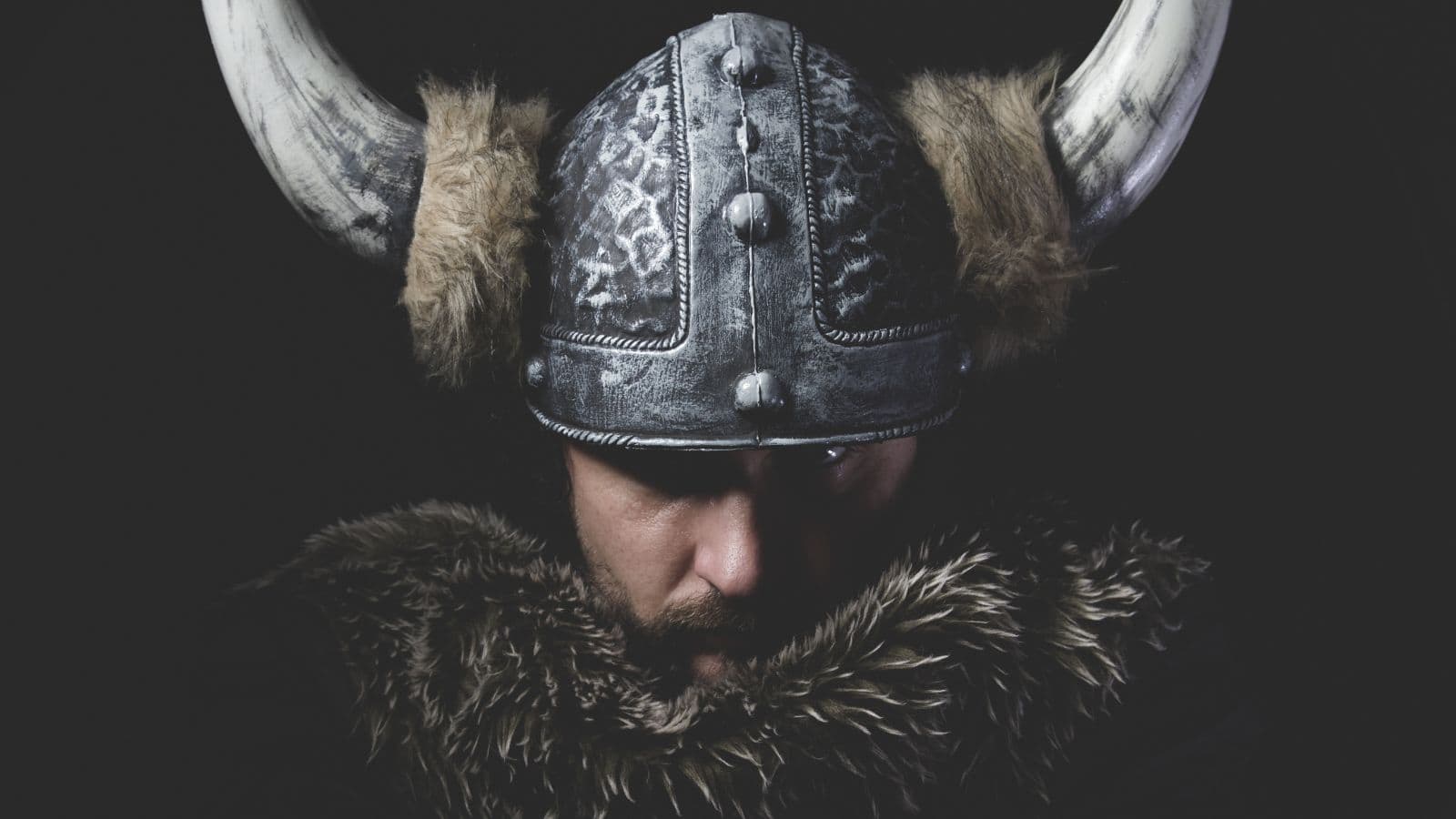
While many remember the Norman Conquest of 1066, few know that large portions of England were under Viking rule centuries earlier. The Danelaw, established in the late 9th century, was a region where Viking laws and customs prevailed, and towns like York (Jorvik) flourished as Norse trading hubs.
The Revolutionary Role of Bletchley Park in World War II
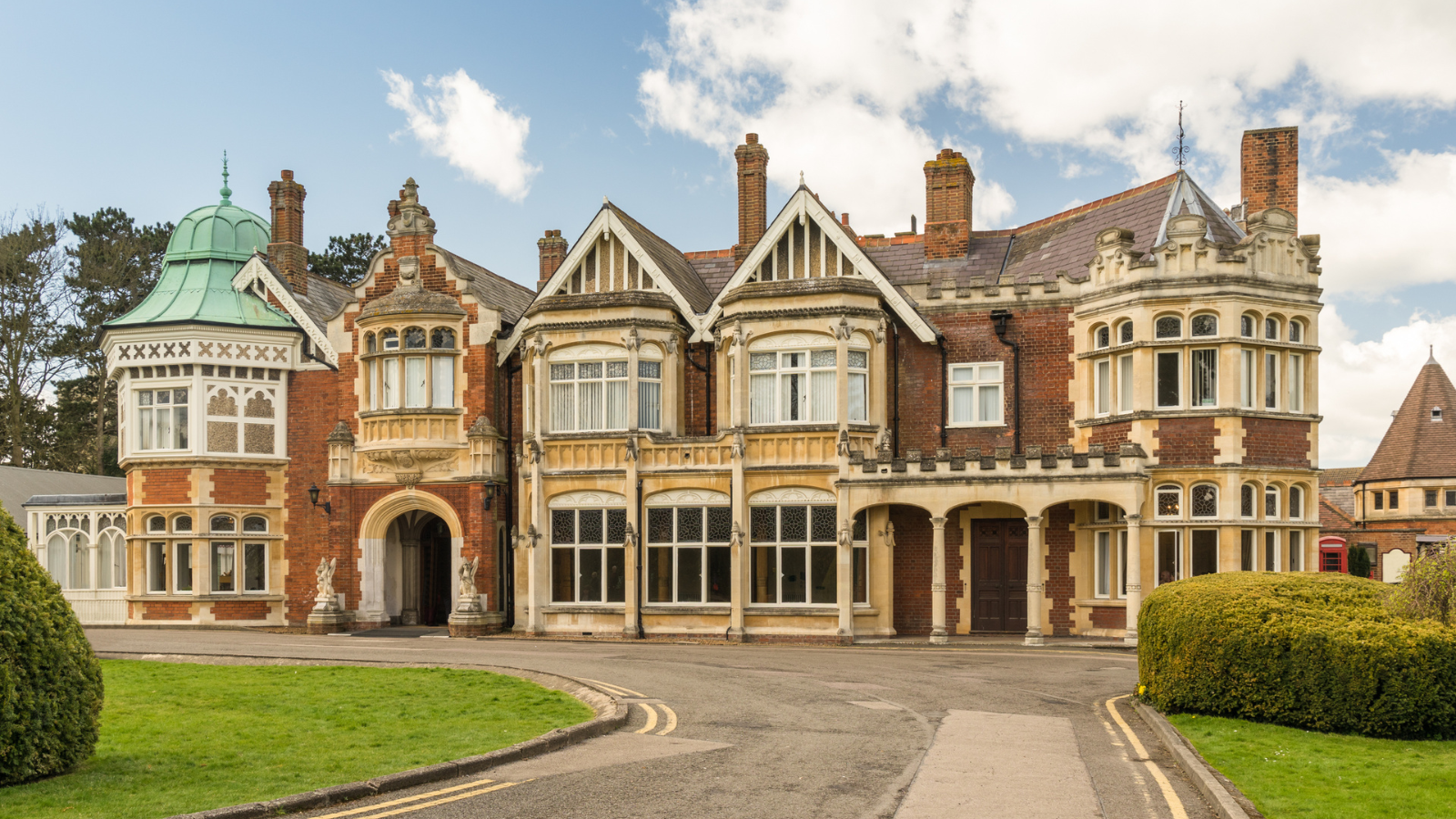
Bletchley Park, a mansion in Buckinghamshire, became the top-secret nerve center for codebreaking during World War II, and it was here that British mathematician Alan Turing and his team cracked the German Enigma code, an achievement that significantly shortened the war. The work at Bletchley Park remained classified until decades later, and many of its contributors never received recognition in their lifetimes.
The Great Stink of London
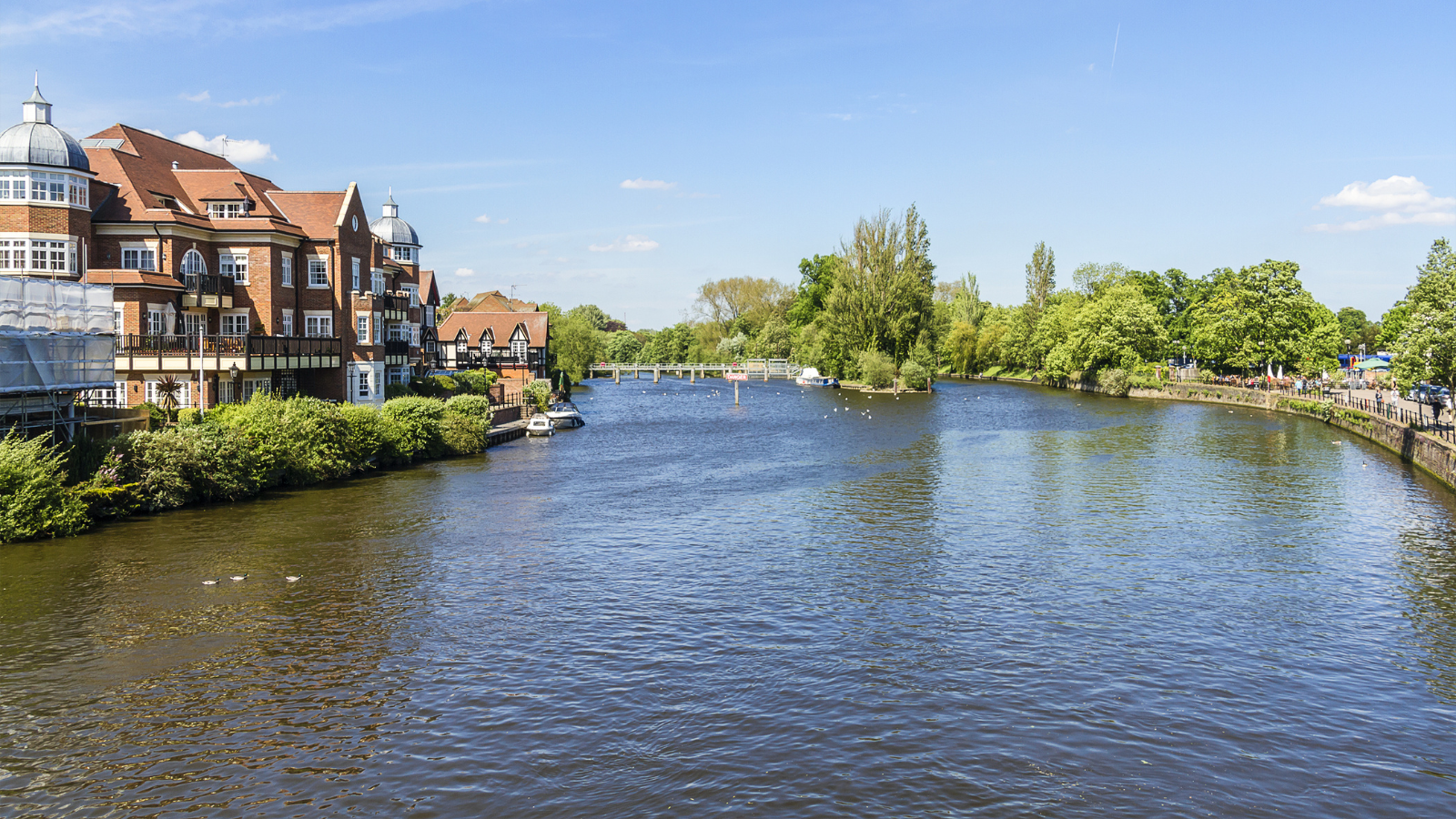
In the summer of 1858, London experienced the “Great Stink,” when an overwhelming stench from the polluted River Thames brought the city to a standstill. The river, serving as a dumping ground for sewage, turned into a breeding ground for cholera and other diseases, and the crisis prompted the construction of London’s modern sewer system.
Shakespeare’s Missing Years
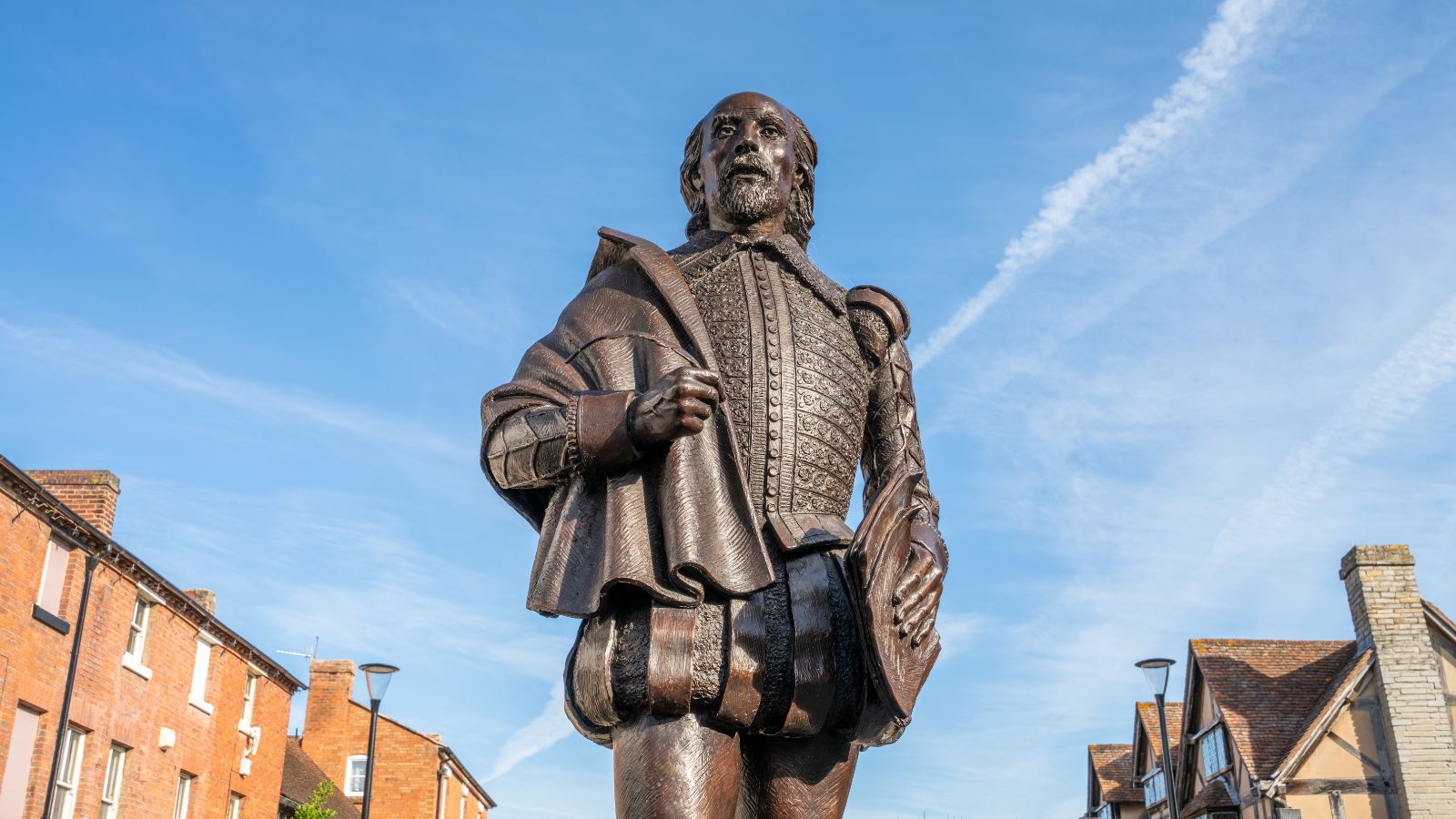
If there’s one thing you are taught in UK schools, it’s William Shakespeare, but there’s a mysterious gap in his biography between 1585 and 1592, known as the “lost years.” There are no records of his activities, and some believe he worked as a teacher, while others suggest he travelled to Italy or even acted as a spy.

